Shipwrecks have always fascinated historians and treasure hunters alike. These underwater time capsules offer glimpses into the past, revealing stories of trade, exploration, war, and disaster. From ancient vessels lost in Mediterranean waters to modern ships disappearing mysteriously, each wreck holds its own unique tale. Here are some of the most mysterious shipwrecks ever found, each with a captivating story that continues to intrigue and puzzle us today.
The Antikythera Shipwreck
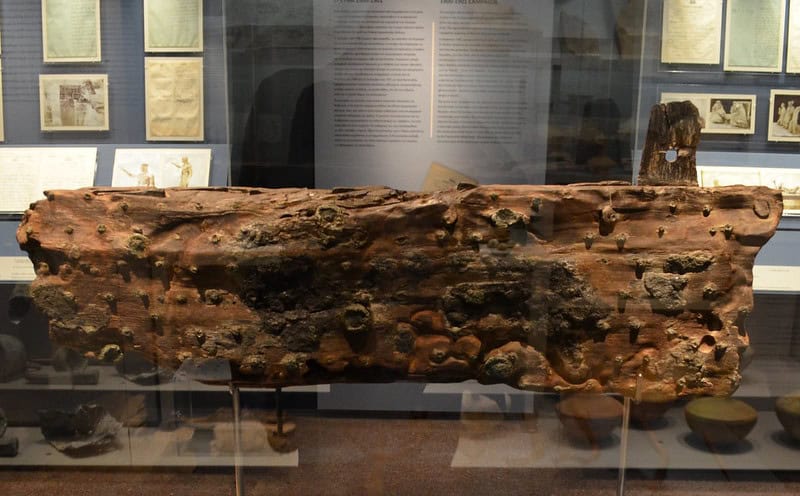
Discovered in 1900 off the coast of the Greek island Antikythera, this ancient Roman shipwreck dates back to the 1st century BC. It is renowned for housing the Antikythera mechanism, an ancient analog computer. The device is thought to have been used to predict astronomical positions and eclipses for calendrical and astrological purposes. Its advanced technology has puzzled historians, suggesting that ancient civilizations possessed knowledge far beyond what was previously believed. The ship also contained statues, pottery, and other luxury items, indicating it was likely transporting valuable cargo.
The Mary Celeste
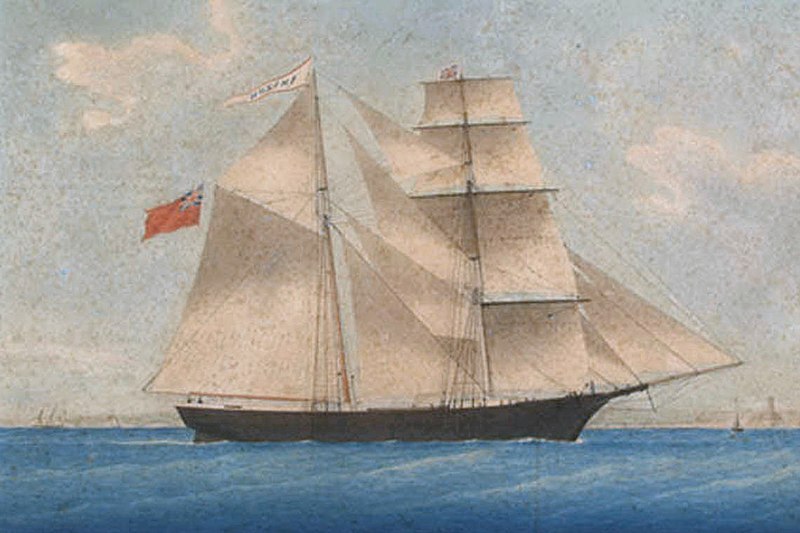
The Mary Celeste, an American merchant brigantine, was discovered adrift in the Atlantic Ocean in 1872. Her crew was missing, and the ship was in perfect condition with its cargo intact. The fate of the crew remains one of the greatest maritime mysteries. Speculations range from mutiny and piracy to natural disasters and paranormal phenomena. Despite numerous investigations, the mystery of the Mary Celeste’s abandoned crew persists to this day.
The USS Cyclops
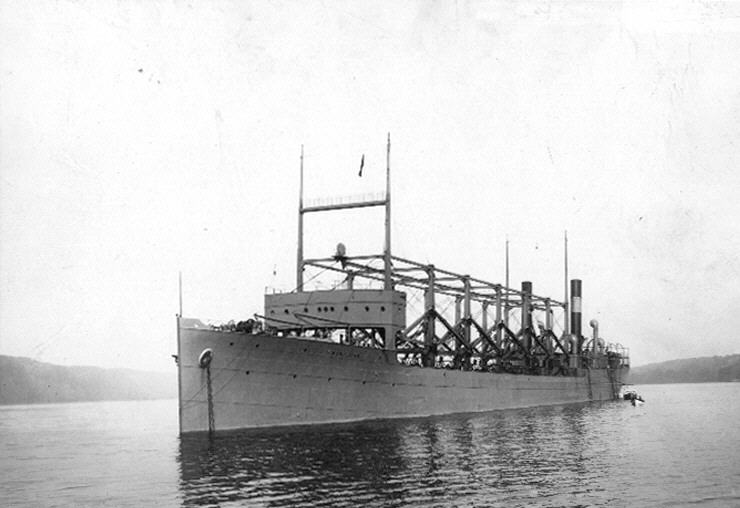
In March 1918, the USS Cyclops, a US Navy collier, disappeared without a trace in the Bermuda Triangle. The ship, carrying a cargo of manganese ore and over 300 people, left Barbados and was never seen again. No distress signal was sent, and no wreckage was found, sparking theories about its fate. Hypotheses include storms, structural failure, enemy action during World War I, and the notorious Bermuda Triangle phenomena. The disappearance of the Cyclops remains one of the largest losses of life in US Navy history not involving combat.
The Vasa
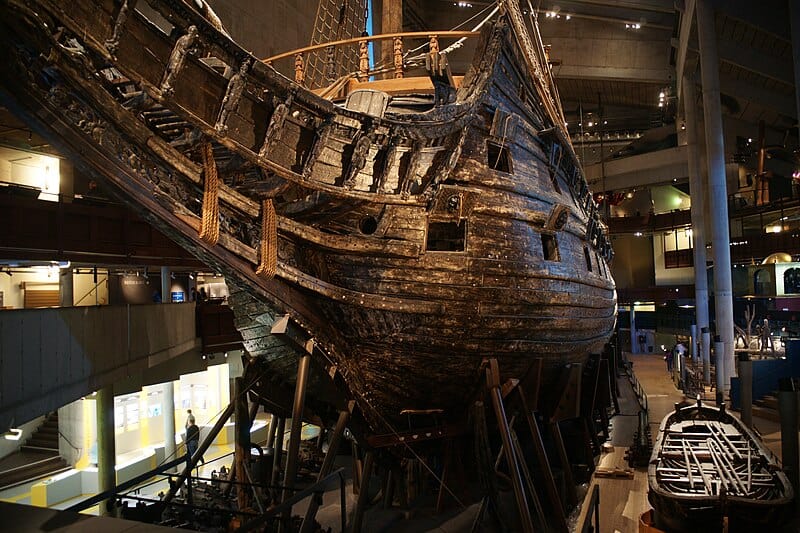
The Vasa, a Swedish warship, sank on her maiden voyage in 1628 in Stockholm harbor. Built to be the mightiest warship of her time, she capsized due to design flaws and poor ballast. The wreck was salvaged in 1961, remarkably well-preserved in the cold Baltic waters. Artifacts recovered include cannons, clothing, and personal items, offering a glimpse into 17th-century maritime life. The Vasa is now housed in the Vasa Museum in Stockholm, where she continues to attract millions of visitors.
The Titanic
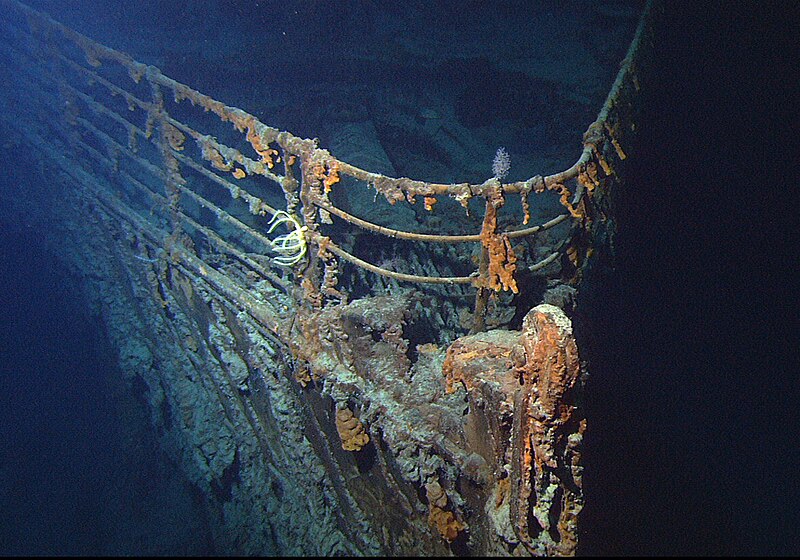
Perhaps the most famous shipwreck, the RMS Titanic sank in April 1912 after hitting an iceberg on her maiden voyage. The disaster claimed over 1,500 lives and became a symbol of human hubris and tragedy. Discovered in 1985, the wreck lies 12,500 feet below the North Atlantic. Exploration of the site has revealed numerous artifacts and provided insights into the ship’s final moments. The Titanic’s story continues to captivate the world, inspiring books, films, and research.
The Queen Anne’s Revenge
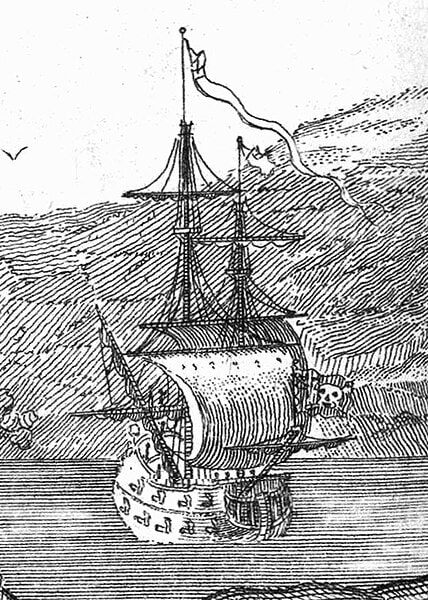
The flagship of the infamous pirate Blackbeard, the Queen Anne’s Revenge, was discovered off the coast of North Carolina in 1996. The ship ran aground in 1718, shortly before Blackbeard’s death in battle. Artifacts recovered include cannons, anchors, and personal items, shedding light on the pirate’s life. The discovery has enhanced our understanding of early 18th-century piracy. Blackbeard’s legend endures, intertwined with the mystery and allure of his sunken ship.
The San José
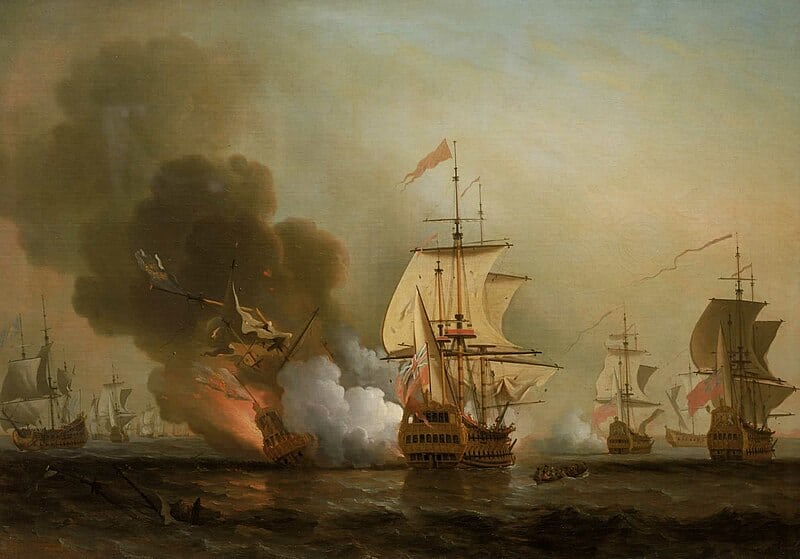
The Spanish galleon San José, sunk in 1708 during a battle with British ships off the coast of Cartagena, Colombia, remains one of the most sought-after shipwrecks. It was carrying a vast treasure of gold, silver, and emeralds from the New World to Spain. Discovered in 2015, the wreck lies at a depth of 600 meters, protected by the Colombian government. The exact value of its cargo is estimated to be worth billions of dollars. The San José symbolizes the wealth and conflict of the colonial era.
The SS Andrea Doria
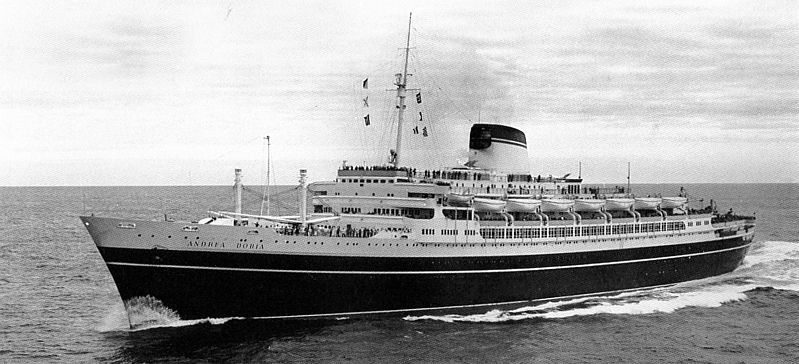
The SS Andrea Doria, an Italian ocean liner, sank in 1956 after colliding with the MS Stockholm near Nantucket, Massachusetts. Despite the advanced safety features, 46 lives were lost in the disaster. The wreck, lying at 240 feet deep, has become a popular yet dangerous site for divers. Artifacts and remains have been salvaged, but the ship’s deteriorating condition poses significant risks. The Andrea Doria’s sinking remains a poignant reminder of maritime safety and tragedy.
The Batavia

The Dutch East India Company ship Batavia wrecked on her maiden voyage in 1629 off the coast of Western Australia. Survivors faced a brutal mutiny and massacre, led by one of the officers. The wreck was discovered in 1963, along with cannons, anchors, and personal items. The story of Batavia is one of survival, treachery, and justice. The artifacts are displayed in the Western Australian Maritime Museum, narrating a grim chapter of maritime history.
The HMS Erebus and HMS Terror

The HMS Erebus and HMS Terror, lost during Sir John Franklin’s expedition to find the Northwest Passage in 1845, were discovered in 2014 and 2016, respectively. The ships were found in the Arctic, remarkably well-preserved in the icy waters. Their fate and the crew’s mysterious disappearance have intrigued historians for over a century. Artifacts recovered include navigational instruments and personal items. The discovery has provided valuable insights into 19th-century Arctic exploration.
The SS Thistlegorm
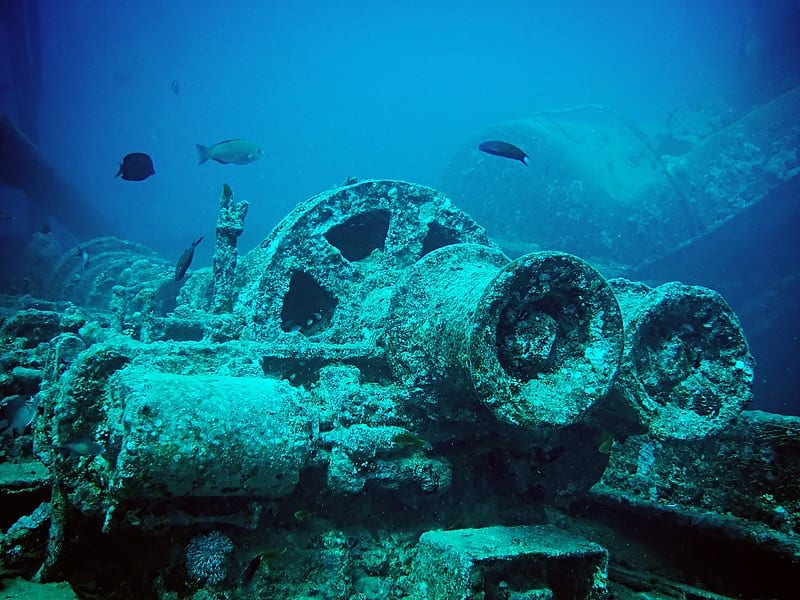
The British merchant navy ship SS Thistlegorm was sunk in 1941 by German bombers in the Red Sea. The wreck was discovered by Jacques Cousteau in 1955 and is now a renowned dive site. The ship carried a cargo of military equipment, including trucks, motorcycles, and ammunition. The well-preserved artifacts offer a glimpse into World War II logistics. The Thistlegorm’s story combines history, war, and underwater exploration.
The Uluburun Shipwreck
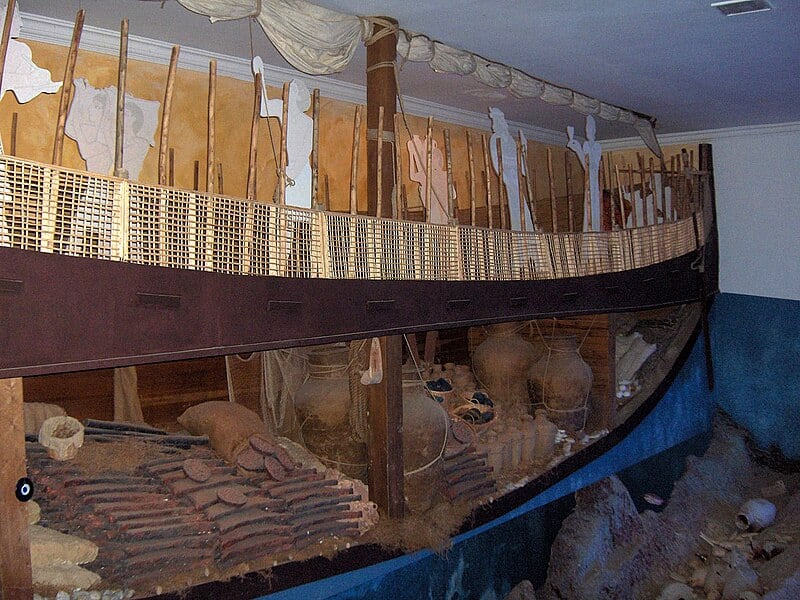
Dating back to the late Bronze Age, the Uluburun shipwreck was discovered off the coast of Turkey in 1982. It is one of the oldest and richest shipwrecks ever found, with a cargo of copper ingots, ivory, and exotic goods. The artifacts suggest extensive trade networks between ancient civilizations. The ship’s excavation has provided invaluable information about Bronze Age maritime trade and technology. The Uluburun is a testament to the interconnectedness of ancient societies.
The Ghost Ship of the Arctic
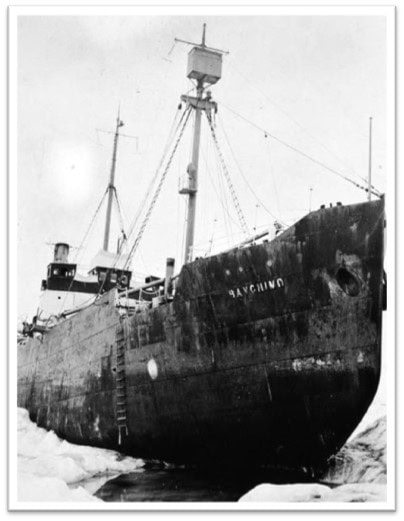
In 1931, a three-masted schooner, the Baychimo, was abandoned in the Arctic ice. Over the next several decades, the ship was sighted adrift, earning the nickname “The Ghost Ship of the Arctic.” Despite numerous attempts to salvage it, the Baychimo vanished and was last sighted in 1969. The ship’s fate remains a mystery, adding to the lore of ghost ships. The Baychimo’s story is a chilling reminder of the unforgiving Arctic environment.
The SS Yongala
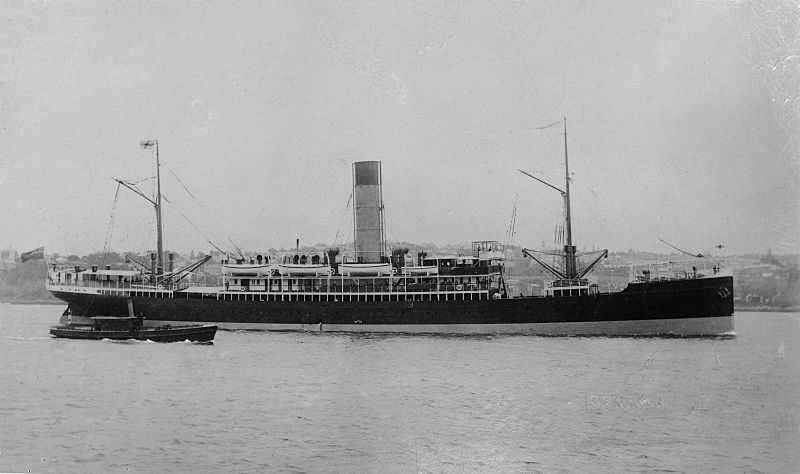
The SS Yongala, an Australian passenger ship, sank in 1911 during a cyclone off the coast of Queensland. All 122 people on board perished, and the wreck was not discovered until 1958. It is now a popular dive site, renowned for its rich marine life. The ship’s final voyage remains shrouded in mystery, as no distress signals were sent. The Yongala is a poignant relic of maritime tragedy and natural beauty.
The HMS Sussex
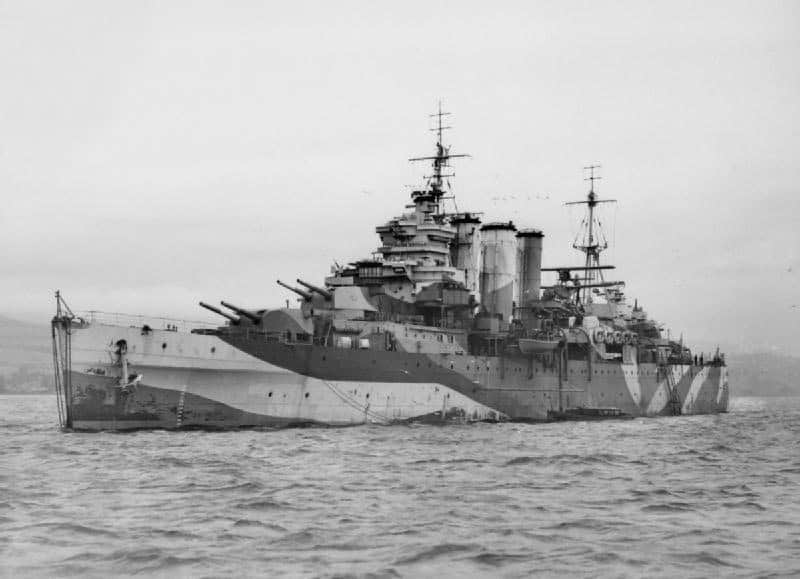
The HMS Sussex, a British warship, sank in 1694 off the coast of Gibraltar during a storm. The ship was carrying a vast treasure intended to finance the war against France. Discovered in 2001, the wreck’s exact location and contents remain a matter of dispute between the British government and the discoverers. The potential treasure and historical significance make the Sussex a highly mysterious and controversial shipwreck. Its story is a blend of maritime warfare, politics, and treasure hunting.
The Wreck of the Endurance

Sir Ernest Shackleton’s ship, the Endurance, sank in 1915 after being trapped in Antarctic ice. The crew survived an incredible journey across the ice and open ocean to safety. The wreck was discovered in 2022, remarkably well-preserved in the cold waters. The story of the Endurance is one of the most extraordinary tales of survival and exploration. The discovery has reignited interest in Shackleton’s heroic expedition and the mysteries of the Antarctic.
This article originally appeared on Rarest.org.
More From Rarest.Org
Vintage dolls have a special place in the hearts of collectors. These cherished items often evoke memories and tell fascinating stories. Here are some of the most coveted vintage dolls that have captivated enthusiasts for decades. Read more.
Spiders are fascinating creatures, often overlooked due to their small size. However, some rare and unique species are worth discovering. Here are some of the most intriguing spiders you may not know exist, each with its own set of remarkable characteristics. Read more.
Ferrets come in many fascinating varieties, each with its own unique traits and characteristics. These playful and curious animals can be found in a wide range of coat colors and patterns, from common shades to rarer, more exotic types. Read more.



